RIP David Alexandre Montgomery (1942–2024) — a regional existentialist who made Ontario, Canada interesting
Sep 3rd, 2024 | By Randall White | Category: EntertainmentRANDALL WHITE, FERNWOOD PARK,TORONTO. TUESDAY, SEPTEMBER 3, 2024. I first met David Alexandre Montgomery at a late 1960s gathering of young employees in what was then called the Department of Municipal Affairs, in the Ontario public service. He memorably (and with some humour) introduced himself to the group as “an existentialist.”
I still do not really know what this word means. But now that he has passed on to, as his wife Donna has nicely put it, “soaring with the eagles … at last,” I think that if a serious existentialist ever did exist in Canada’s most populous province it probably was the regional geographer David Montgomery (who I and others finally took to just calling Monty in his later life).
I think as well that Mr. Montgomery was an Ontario existentialist in particular.
He was born in Montreal (which must somehow account for the French form of his middle name on his birth certificate). But he grew up after the Second World War in the City of Kitchener that had changed its name from Berlin, Ontario in 1916, during the First World War.
By the 1960s David had left Kitchener to earn a BA in geography at the University of Western Ontario. (In London, Ontario — though as his fellow UWO student Peter Carruthers reports, Monty would be back in Kitchener every weekend to see the girl he would soon marry!)
He then earned an MA in geography at the University of British Columbia in Vancouver, while taking a somewhat extended side trip to Yellowknife, in Canada’s Northwest Territories.
I
When I first met Monty in the Ontario provincial bureaucracy in the late 1960s, he was already living in a town house with his attractive young family (every member of which has a first name that begins with the letter “D”), in the Toronto suburb of Don Mills.
Later, in the 1970s, David and his family moved to a house on a giant somewhat forested lot in Oakville, Ontario, where he lived for the rest of his life (with the exception of a last few months at St. Joseph’s Villa in Dundas, Ontario.)
Monty’s early career in the Ontario bureaucracy soon landed him in a turbulent municipal property tax valuation system — which was being taken over by an allegedly rationalizing provincial government. It fit his geography background, and he made major contributions to such government reports as A Comparative Sales Method for Mass Appraisal (March 1972).
Public (and private) bureaucracies being the slow-moving beings they are, it would be a few decades before the Ontario government’s new Municipal Property Assessment Corporation (MPAC) was routinely using the market-oriented computerized statistical valuation methods David did so much to pioneer in the province. But it did finally happen.
By this point David Montgomery, like other colleagues, had long since left the Ontario public sector for the more open-ended private sector. And his ultimate career engagement here was the establishment of Kingmont Associates with his colleague Ed Ford-King.
(It is still in business today as Kingmont Consulting in Brampton, Ontario, which provides “assessment, property tax consulting and advocacy services to property owners and tenants.”)
II
During his later career David also made time to cultivate his wider interests in the growth of knowledge about geography — and especially the geography (culture, economics, history) of Southern and, say, near Northern Ontario, with which he had much first-hand experience.
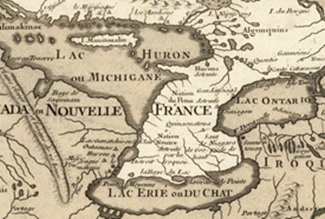
His fascinating article on “The Lost Seven Leagues: Samuel de Champlain’s Landfall in Huronia” was published in Ontario Archaeology 52 (1991). He made major contributions to Who Are We? Changing Patterns of Cultural Diversity on the North Shore of Lake Ontario, a June 1994 report for The Waterfront Regeneration Trust, arranged through the inspiration and good offices of Monty’s fellow UWO geographer Peter Carruthers, a then future Chair of Heritage Toronto.
David Montgomery was himself a geographer who seriously liked and was deeply interested in the physical geography that surrounded him, on his many journeys in many different countrysides (through which he often liked to drive, bicycle, or walk, or even sometimes fly, for business or pleasure). He traveled a lot and was an inspiring and often instructive person to travel with.
Though he finally spent a few weeks in Tuscany, the Old World was not high on his list. (He also had some Indigenous ancestors in his diverse genealogy.) But he kept in touch with family (and friends) in Quebec, Western Canada , and the United States. And his various travels in the Americas at large ranged all the way from Yellowknife in the Canadian Northwest to the southern regions of Chile and Argentina (which reminded him of Northern Ontario).
III
Colleagues of Monty’s mid to later career years will remember that he met intermittently with friends to plan new trips in the Ontario and broader Great Lakes countryside, and discuss old adventures. (For a few decades such meetings especially took place at the Linsmore Tavern on Danforth Avenue in Toronto, just around the corner from the Greenwood subway station.)
David was a canoeist of some skill, and his Ontario travels included such historic Canadian fur-trade canoe routes as the French River, the La Vase Portage (between Trout Lake and Lake Nipissing), and the Toronto Passage (between Lake Ontario and Georgian Bay on Lake Huron).
Monty also master-minded more than a few strategic automobile excursions in northern Simcoe County, to acquire some present-day sense of the territory of the impressive corn-growing Wendat confederacy between Lake Simcoe and Georgian Bay (aka “Old Huronia”) , that Samuel de Champlain visited in his early 17th century journey through what is now Southern Ontario.
More generally and ordinarily, driving with Monty through Southern Ontario on one provincial government mission or another, way back when in the 20th century, certainly taught me a lot about both the local property tax base of the province, and the wider political and economic community, down on the various diverse grounds where the people of Ontario actually live.
I was equally involved in almost too many of Monty’s somewhat wider regional excursions to remember them all exactly— from a trip to the Quebec City winter carnival very early on, to a much more recent automobile circumnavigation of Lake Erie, including Fort Erie, Port Dover (excellent perch), Point Pelee, Amherstburg (more perch), Detroit, Toledo, a drink in a bar on the water in Cleveland, and Erie, PA.
I should quickly add that, among his many other talents, David was a skilled athlete who, to take just one example, played hockey with some impressive style into his middle age.
IV
Finally, Ontario today, I think most would agree, is a more interesting and even slightly more weighty place than it was back when I first met David Alexandre Montgomery in the late 1960s. In some very deep sense this is no doubt an achievement of virtually everyone who has lived in the place between then and now, as we all perpetually struggle to do something with our lives.
Yet for me at this moment Ontario’s greater interest nowadays most memorably points to the life and times of the regional existentialist David Montgomery, who began his new journey “soaring with the eagles” in the late summer of 2024.
He has made life in Ontario in its past, present, and future more interesting.
And I have just now had some hard evidence that I am far from alone in this judgment.
After I found out about Monty’s sad passing I thought I should tell a few other old friends and colleagues. But every time I tried, my prospect already knew.
Someone else had told someone who had then told them — as the aging network of human beings that still surrounds an excellent and even favourite Ontario geographer has not surprisingly come alive again.
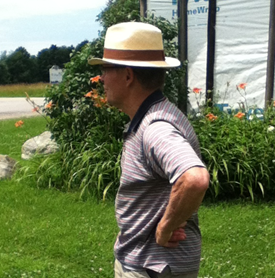
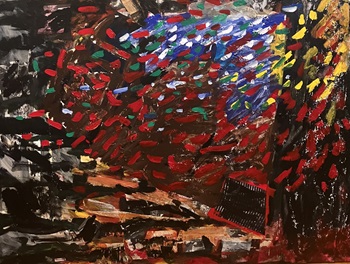
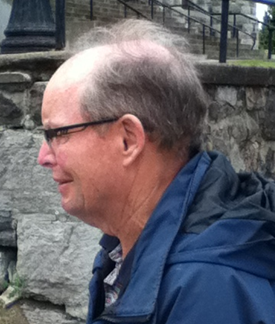
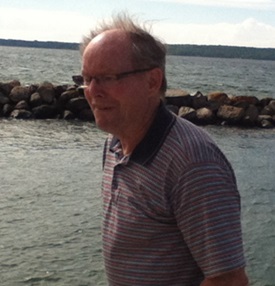
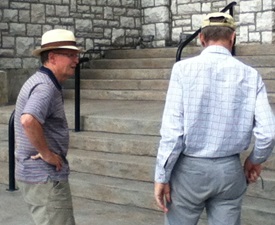
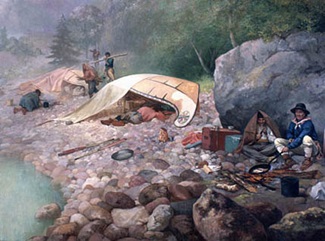
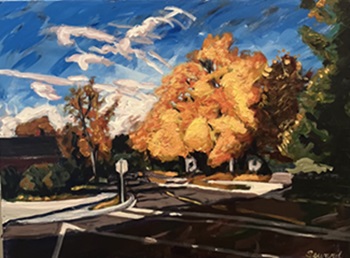
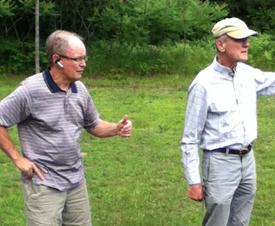
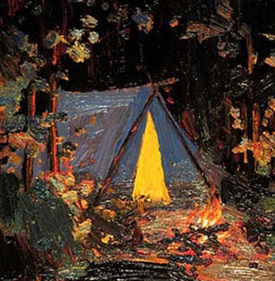


Beautifully written and illustrated..
May this Friday bring you good health and safe journeys
.